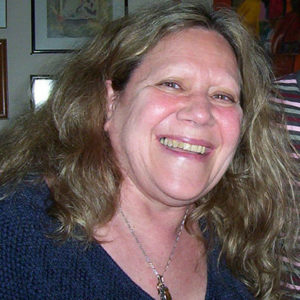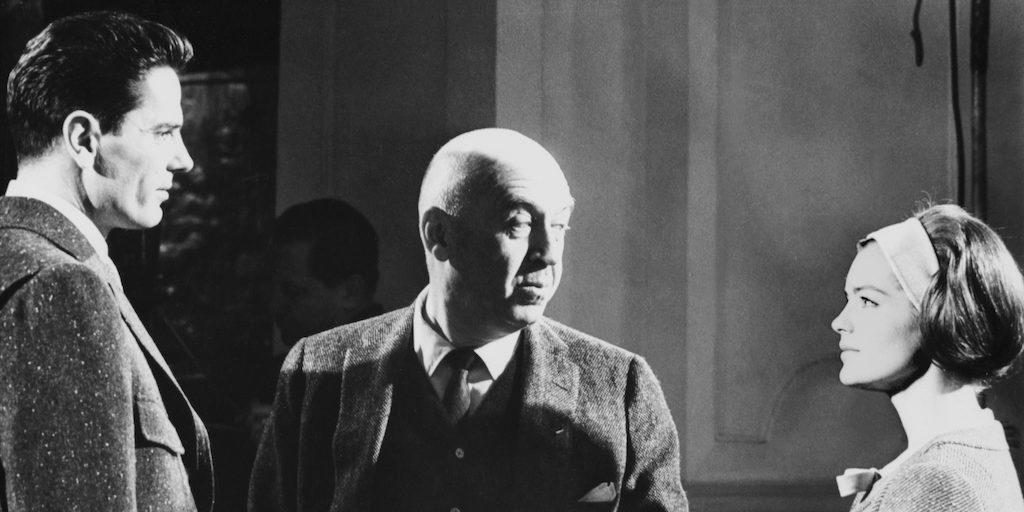There are unknown universes and cultures that the West regards with amazement and considers exotic. One of these worlds is Africa, decimated in its natural resources: diamonds, rubber, ivory, and so on. Among these unknown countries is Dahomey.
Dahomey was a former kingdom, then a small colony, and later a French overseas territory located in West Africa. In 1962, it gained full independence and in 1975, it changed its name to Benin.
Mati Diop revisited the history of Dahomey and transformed it into a hybrid documentary, blending processes, customs, and history, generating a very interesting proposal that shows that another, different space exists. Within it lives a culture that, despite Western invasions intended to plunder it, has survived through its art. This year, he presented Dahomey in Berlin, for which he won the Golden Bear, and then at the non-competitive New York Film Festival (NYFF).
Mati Diop is a French-Senegalese actress who began her acting career in Claire Denis’s excellent 35 Rhums and won the Grand Jury Prize for her film, Atlantique. In the festival’s 72 years, she was the first black woman to participate and win an award.
Mati Diop created the narrative of Dahomey through the 26 works of art (of the 7,000 stolen) returned to Benin, looted during the colonial era and displayed at the Musée du Quai Branly – Jacques Chirac, a Parisian museum of non-European art. Among the returned pieces were statues of Dahomey’s former kings. King Ghezo and his heirs Glélé and Behanzin, depicted with bird, lion, or shark heads to suggest their supernatural powers. There is also a throne and figures in brass, copper, bronze, and wood, especially the statue of King Ghezo.
Diop, with the collaboration of director of photography Joséphine Drouin-Villard, sculpted each scene, each shot, and each line of voiceover with the patience of a craftsman, stripping the film of the superfluous and arriving at the essential. The evocative aspect of this canvas woven by the two was the ability to bring the protagonists to life, transforming the story from belonging to the director to the characters themselves.
The film possesses a strange balance between silence, objects, image, sound, and the rhythm of subjective camerawork. The figure of King Ghezo is the central axis of the plot. His disembodied and distorted voice, conveyed by Lucrece Hougebelo, Parfait Viayinon, and Didier Sedoha, in a dialogue written by Haitian author Makenzy Orcel, reflects on the years of darkness and imprisonment. Some scenes show, in a slow, classic documentary style, museum employees packing and unpacking the objects. Images from the museum’s cameras and the relationship between the objects and those who transport them are used.
But where the action comes alive is in the debate among students from the University of Abomey-Calavi about the political, cultural, and historical implications of the return of the artifacts. They are not satisfied with the 26 returned pieces, but rather demand the entire heritage. And also the dance performed by the Cotonou dancers upon receiving the works. They perform a very particular dance, which connects them with the Amazons, the elite of warriors that King Ghezo possessed, who called themselves men because they took their place, since these had been decimated by wars and slavery.
Diop, along with his editor Gabriel González, creates his magnificent, brief, yet dynamic documentary, Dahomey, like a pole that opens the sealed box of colonial history, rescuing erased works from oblivion and shedding light on them so that their true owners, the Berinese people, can expose them as the legacy of their past.
Dahomey is the poetry of the dead, reinvented through what has been lost and rescued. The objects of the past are filled with the silent tumult of those memories, once locked in an intimate space not open to everyone.
![]()
(France, Senegal, Benin, 2024)
Director: Mati Diop. Screenplay: Mati Diop, Malkenzy Orcel. Production: Mati Diop, Judith Lou Lévy, Eve Robin. Running time: 68 minutes.





